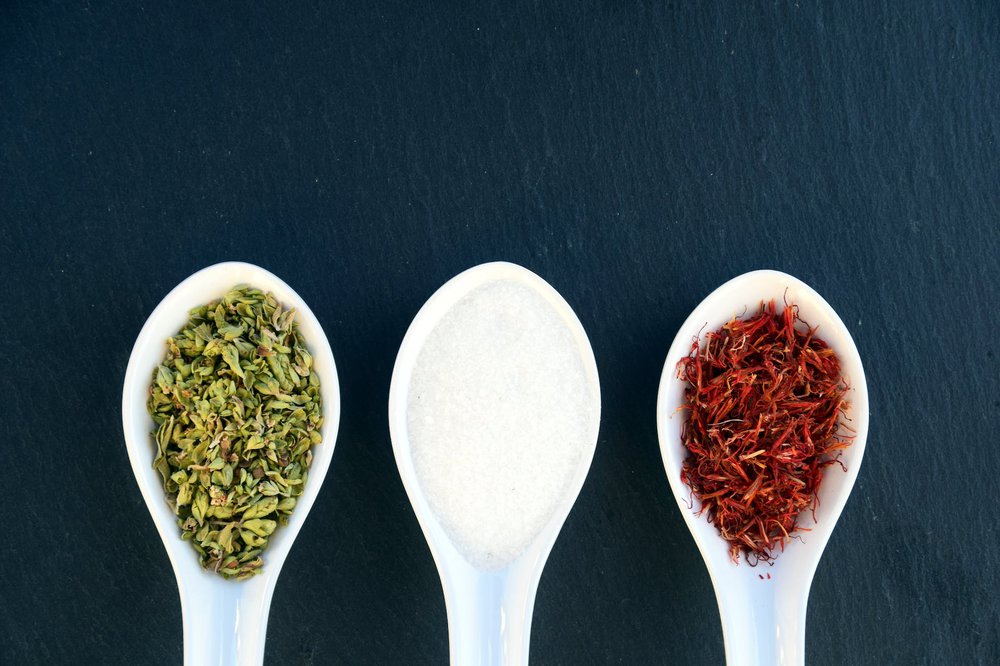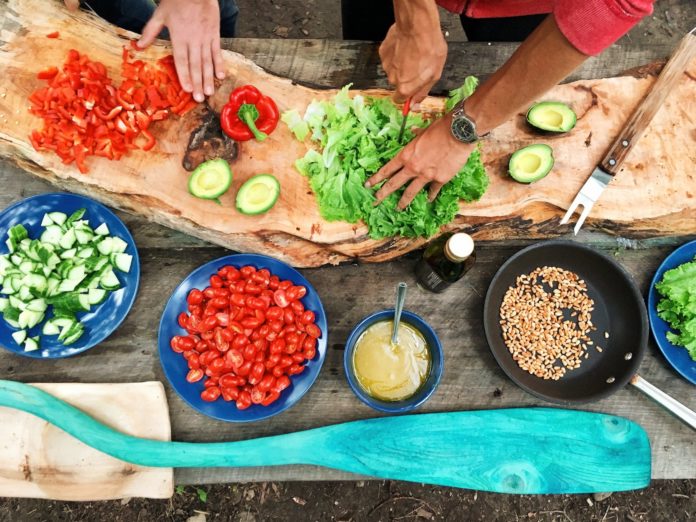Ever watched TV shows like Masterchef, Chef’s Table and Iron Chef and wished you could cook like the pros? Well, while the seasoned chefs who appear on these shows are among the best of the best, at what they do. There are plenty of things you can do to step up your kitchen game.
From preparation and cooking techniques, to seasoning and presentation, here are some hints and tips that show you how to cook like a chef. Follow these guidelines, and you’ll be well on the way to creating gourmet food to be proud of.
1. Dress the part
Ok, well this isn’t strictly necessary, but if you want to cook like a professional chef there is no harm in looking like one.
While donning a chef’s jacket and pants might seem a bit over the top for some. If you want to channel your inner Sebastien Cassagnol, and get into an executive chef’s mindset, then there is no better way to do so.
2. Thoroughly prepare
Like with anything, the old adage ‘proper planning prevents poor performance’ very much applies to cooking. Before you start preparing any meal, read and re-read the recipe very carefully. This way you will have a clear understanding of what the process for making the dish actually entails.
Also, make sure that you have all the ingredients fully prepped in advance. Peel, wash and chop all meat, vegetables and herbs, and pour out required spices into separate small bowls, so they are ready to go.
That way, when it comes to using them in the recipe, you can stay focused on cooking and not become distracted by prepping.

3. Be precise with measurements
In any recipe, when it comes to measurements, it is important to follow them to the letter. This is because they have been designed with flavour profiles in mind to maximise taste and compliment the other ingredients.
Therefore, if a recipe calls for 1 tablespoon of chilli powder or parsley, make sure you put in exactly that amount as a starting point, and don’t just arbitrarily pour them in from their packets. This will ensure the integrity of the dish is preserved – though you can always modify it to your tastes a little later.
4. Know that the size of a cup varies
You’ll often see recipes advise you to put in ‘1 cup of….’. Well, a key thing to remember is that the size of a cup can vary, depending on the density of a particular ingredient.
Therefore, it is important to measure by weight whenever you can, as this will significantly reduce your potential for error when attempting to recreate a recipe.
5. YouTube is your friend!
Back in the day when following a recipe, you had to solely rely on a cookbook. Today though, YouTube has revolutionised how people prepare food. As they are able to watch videos whilst they cook.
This visual step-by-step tutorial is invaluable, as it shows you (often in real time) what your dish should look like. The beauty of watching YouTube videos on your device, whilst cooking, is that you can pause and rewind it at any time too.
6. Use a timer
Cooking can often be time critical. When frying a steak or a fish for instance, going even a minute or two over, (or under) the required time, can result in the food being undercooked or overcooked.
While this is something that is easy to do – we all get distracted every now and then – this situation is easily avoided by setting a timer on your phone.
That way as soon as the time is up, the notification will be your reminder to turn off, or over, or add new ingredients to the food you are preparing.
7. Don’t ignore flavour stuck on the pan
When putting seasoning in a dish, often some of it sticks to the pan. It is important to recognise this as flavour and therefore incorporate it back into the dish by deglazing the pan with a splash of water, alcohol, stock, vegetable juice or fruit.
Don’t waste the good thing you’ve started.
8. Embrace your oven
As a general rule, it is worth remembering that a pan that is unwatched on the stove, is more likely to burn than one that is in the oven. Therefore, until such time as your confidence in the kitchen grows, it is worth preparing a number of oven-based dishes.
Just be sure you are aware of the conversion temperatures between Fahrenheit and Celsius, and keep a regular eye on the pan you put in the oven, to ensure it doesn’t become charred in any places.
9. Don’t dilute or kill the flavour
As tempting as it might be, don’t deviate from a recipe by trying to stir in ingredients like butter or flour that might dilute or kill the flavour.
If these ingredients aren’t in the original recipe don’t add them. Even though the thought of a creamier texture might appeal to you, do you really want to create this at the expense of the dish’s intended flavour?
10. Season your food
Whenever you watch shows like Masterchef and My Kitchen Rules, one of the biggest pet peeves the judges have is that the food is insufficiently seasoned. So, make sure you don’t fall into this trap.
Seasoning is all about enhancing flavours and so it is worth taking the time to experiment with different levels of salt and pepper to work out where the sweet spot is for you.
Once you find it, you should have no problem repeating it every subsequent time you cook.
11. Taste as you go
One thing you should always do when you cook is taste the food. After all, how do you know if it will be any good if you don’t try it whilst its being prepared?
Tasting the food enables you to work out if anything seems a little off. It also allows you to adjust certain ingredients, such as the seasoning, to maintain its course of perfection.
When doing this, just be mindful of the potential impact of adding later ingredients to the dish which might change the flavour profile.
For instance, it might not be a good idea to add more salt early on, if you will be adding capers, anchovies, pickles or parmesan to your creation later.
12. Presentation
There is a generally accepted view within the food industry that people eat with their eyes first. For this reason, it is very important to plate up your food as artistically as you can.
There are several ways to do this including creating height on the plate, decorating it with edible garnish and cutting the meat or vegetables into unusual shapes.
All of this adds a sense of theatre to your dish, which will have people salivating at the thought of tucking into it.
Final Thought
While it might take years of hard work, dedication and training to become a top Michelin-rated chef, there is no harm in aspiring to that – whatever your level of proficiency in the kitchen.
The tips outlined above are a good starting point towards stepping up your kitchen game and should ensure you soon start making delicious gourmet meals, as a matter of course.
In the meantime, however, if this seems a little daunting, and you would like someone else to cook up a gastronomic feast for you, check out an option like Gathar here.
Carol
Information sourced by the author for luxuryactivist.com. All content is copyrighted with no reproduction rights available. Images are for illustration purposes only.
